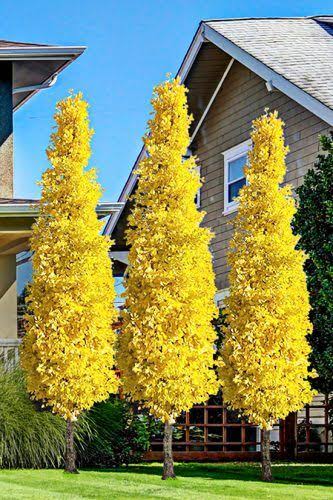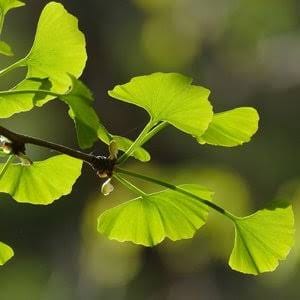Ginkgo biloba
Ginkgo Biloba
The genus Ginkgo contains extremely uncommon non-flowering plants.
The only surviving species in the phylum Ginkgophyta is Ginkgo biloba, also known as ginkgo, gingko, or maidenhair tree. All other species are extinct.
Common Name - maidenhair tree
Flower Color - yellow color
Bloom Time - April
Difficulty Level - Easy to grow
Ginkgo Biloba Care
Ginkgo trees, also known as maidenhair trees, are exceptionally strong, long-lived, drought and pest resistant, and strong enough to be the only trees to survive the Hiroshima atomic bomb attack.
Planting and care
Ginkgo trees provide a variety of functions, including that of street trees, magnificent bonsai, and fantastic shade trees.
They can withstand urban circumstances like air pollution and salt from the roads because they are street trees
When saplings (plant)they may require staking; however, once they reach a certain size, staking is no longer necessary, and the trees can be moved with great ease and without bother.
Sunlight - Full sun
Watering - Medium
Soil - well-drained soil
Temperature - 16.6 °C
Fertilizer - Apply any organic fertilizer
Ginkgo Biloba Special Feature
- Excellent option for yard trees, street trees, or shade trees, among other purposes.
Medicinal uses
- Among the conditions for which ginkgo biloba extract is frequently prescribed include depression, allergies, vertigo, diabetes-related nerve damage, and poor circulation.
Culinary Use
- Congee made with ginkgo nuts is frequently given at special.
Note
Images are only for reference; the actual product may differ in shape and size.
The product is replaceable but non-returnable.




